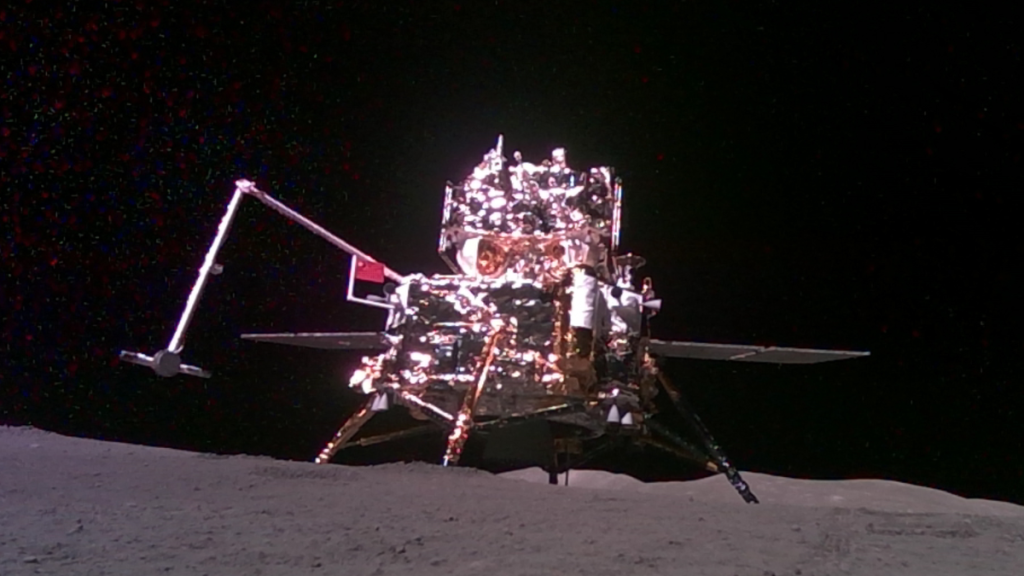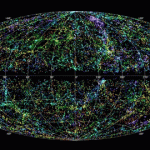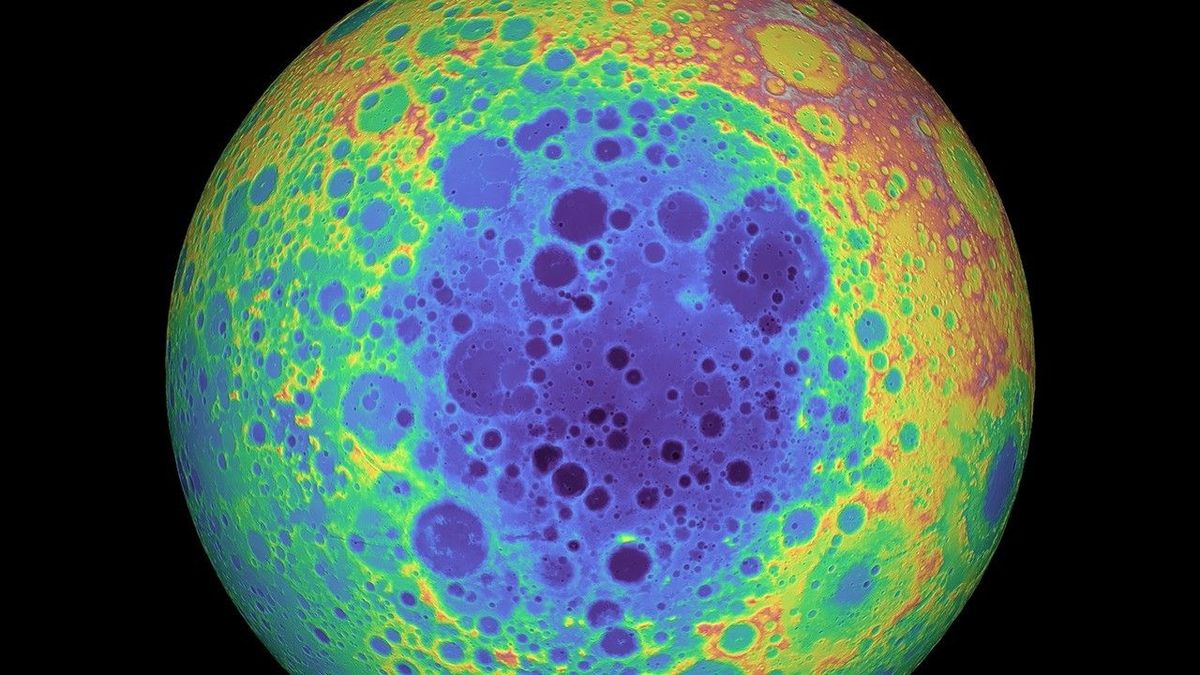China’s space agency delivered the first samples from the far side of the moon to Earth this year — here’s what’s coming up next.


China’s space agency brought the 1st lunar far side samples to Earth this year — here’s what’s next (Image Credit: Space.com)
China’s space agency has opened up a first round of applications for researchers to borrow its Chang’e 6 lunar far side samples.
Chang’e 6 launched in May this year. The complex, multi-spacecraft, 53-day mission collected samples from Apollo crater on the far side of the moon and returned to Earth in late June.
Now, small portions of the 4 pounds and 4.29 ounces (about 1,935 grams) of collected samples are available for domestic applications, according to the China National Space Administration’s (CNSA) Lunar Exploration and Space Engineering Center (LESEC), state media Xinhua reported. The deadline for applications is Nov. 22.
The material is the first-ever collected from the far side of the moon. Analysis of the samples could lead to new theories regarding the origin and evolution of the moon, including providing new insights into why the near and far sides of the moon are so different. An initial study found that the Chang’e 6 samples are lower in density compared to previous lunar samples, which were retrieved from the near side of the moon.
Related: China returns samples from the moon’s far side in historic 1st (video)
While the samples are currently only open to domestic Chinese applications, they will later be made available for applications from international institutes. This will likely come in around two years’ time. The Chang’e 5 nearside samples were made available to international applications in 2023; two-and-a-half years after their collection from Oceanus Procellarum in 2020. NASA scientists are also able to apply for the samples, despite U.S. legal barriers on cooperation.
The seventh round of applications for Chang’e 5 samples also shares the Nov. 22 deadline.







